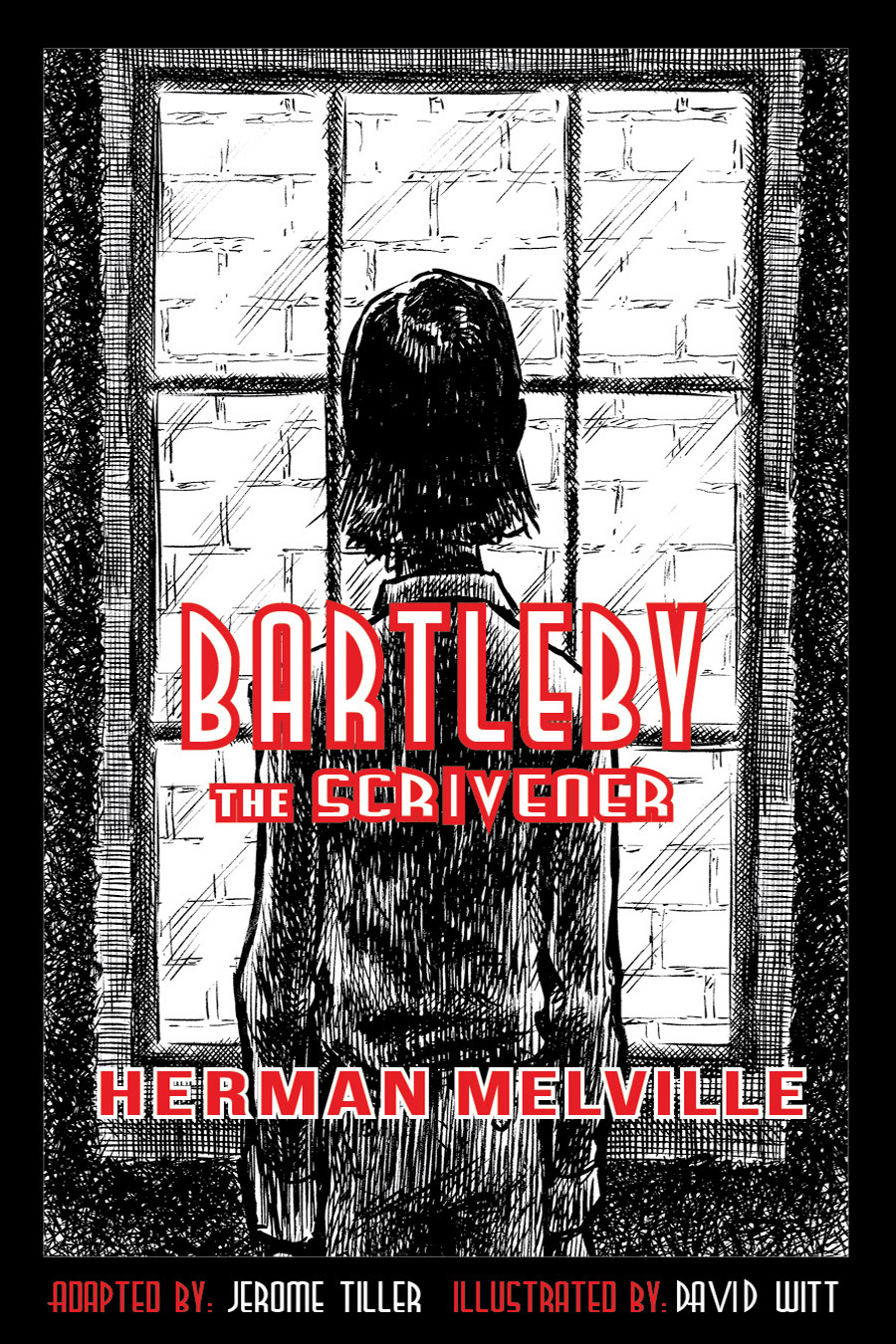Dr. Heidegger’s Experiment Deserves it’s Classroom Reputation
Nathaniel Hawthorne’s’ Dr. Heidegger’s Experiment deserves it’s reputation as a good story for students to analyze in the classroom. Because I knew about it’s great reputation with secondary educators, I chose it to be the first book in our Adapted Classics collection. But I only partly chose it because its great reputation. It also suits my personal taste. And, most importantly, it perfectly fits all the criteria I set for selecting classic stories for adaptation.
I include a story’s pictorial quality—how well it will carry illustrations—as a major criterion. And wow—does this Hawthorne story illustrate well! Marc Johnson-Pencook, with great artistic dexterity and imagination, transforms four main characters as they revert from old age to youth. I framed and hung two illustrations from this story in my office. They are not for sale.
Recently I toyed with the idea of creating a lesson plan to supplement our adapted version of Dr. Heidegger's Experiment. Besides activities related to the story and author, I wanted to add questions about Marc’s artistic and interpretive choices. I haven’t given up on this idea for all time, but I’m not ready to do it yet. I have no credentials as an educator in literature or art. Therefore, I’m reluctant to risk putting time into creating a lesson plan that might be rejected as insufficient or inappropriate for middle-school classrooms. Call me a coward, but also a conserver of time. I’m not young anymore.
EDSITEment
But before I put my grand idea for my own lesson plan on hold, I cruised the internet looking for examples of lesson plans. I thought, with the help of an example, maybe I could put together a plan that might pass muster. During this cruise I found an excellent lesson plan that used Dr. Heidegger’s Experiment to study Nathaniel Hawthorne’s brand of literary humor. The National Endowment for the Humanities hosts the site where I found the plan (EDSITEment). Two associated plans study the humor of Mark Twain and George Harris, and all three link to compare Hawthorne’s, Twain’s, and Harris’ styles of humor. I had blogged a little while back suggesting that someone should develop a lesson plan comparing styles of literary humor. I did not know that somebody already had! So my cruise provided a gratifying, valuable discovery.
I will return to the site. As they say on their homepage, “EDSITEment offers a treasure trove for teachers, students, and parents searching for high-quality material on the Internet in the subject areas of literature and language arts, foreign languages, art and culture, and history and social studies.”
Our illustrated version of Nathaniel Hawthorne’s Dr. Heidegger’s Experiment is available, as is Hawthorne Illustrated, which includes this story along with two other Hawthorne stories. Happy reading…and viewing! Marc Johnson-Pencook’s illustrations are amazing!



